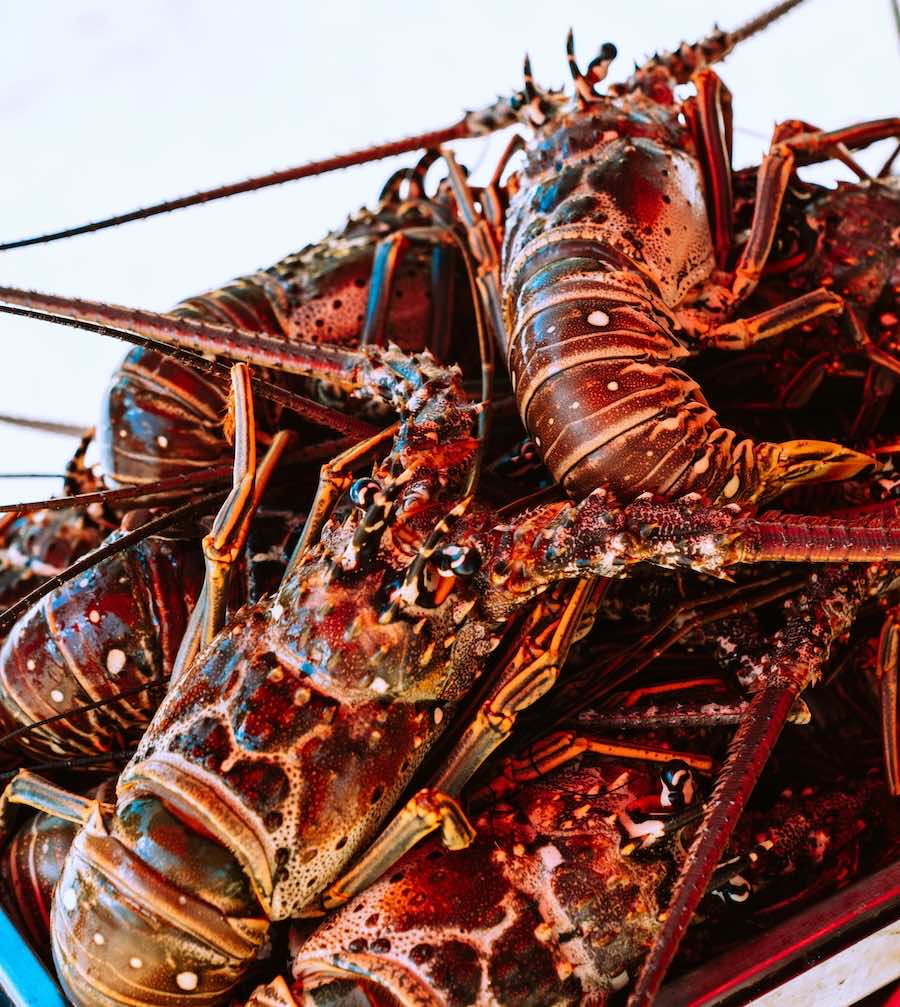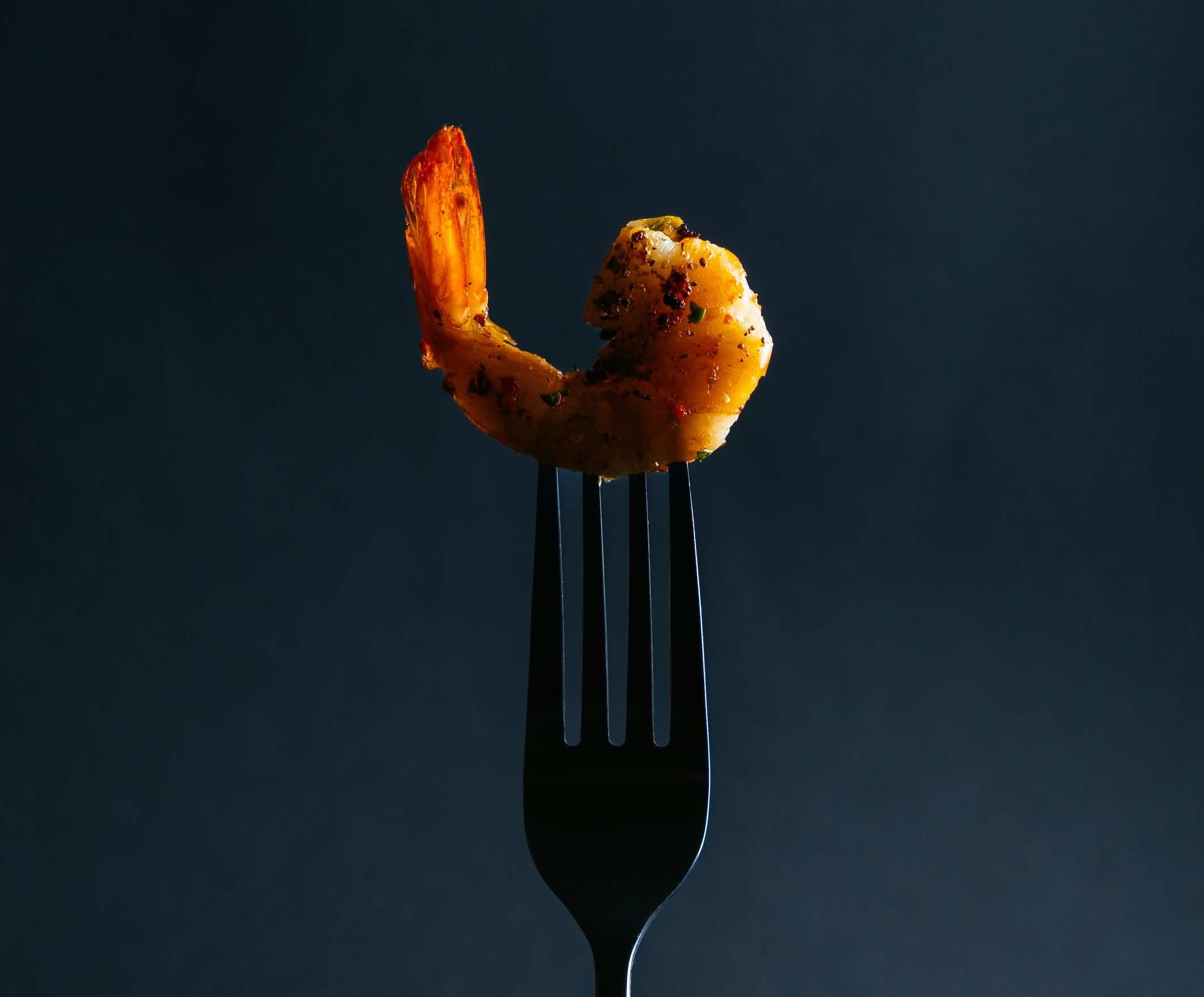Red Lobster, known for bringing all-you-can-eat shrimp to the average American and which was at on point the world’s largest seafood chain, filed for bankruptcy last month. Red Lobster now has more than one billion dollars in debt. They closed 50 locations about two months ago and just announced a list of 600 locations it plans to close.
What went wrong?
Same Old, Same Old
Remember going to Red Lobster as a kid? You might have tried your first lobster tail, or surf-n-turf there. That experience you had as a kid, would be hardly different if you went into one of their restaurants now. In the view of industry observers, that might be key to understanding an important part of their demise.
Other full-service chains have revised their menus and refreshed their looks over the last ten years in order to attract more traffic. After the pandemic, consumers started using more disposable income for travel. So fighting to retain customers and appeal to new demographics was essential. Meanwhile, inflation from higher labor costs and goods hit restaurant menus.
What else went wrong?
Private Equity
The start of the downward cycle for Red Lobster might have started ten years ago. Golden Gate Capital a private equity firm based in San Francisco, bought the chain for $2.1 billion from Darden Restaurants in 2014. 2.
As private equity often does, Golden Gate Capital found ways to extract value from the company and turn it into debt owed to Golden Gate Capital. With the pretense of accumulating money to open more locations, they sold Red Lobster’s real estate for $1.5 billion in a sale-leaseback deal. 2. The restructuring meant that Red Lobster had to pay rent for all of its locations, incurring costs and risking the volatility of rent increases over time.
Top management changed many times and a seafood supplier Thai Union Group acquired 49% of the chain in 2016. The supplier allegedly pushed the chain to buy its shrimp as part of the “Ultimate Endless Shrimp” deal. The promotion was made a permanent $20 item despite opposition from some members of the management team.
“This decision created both operational and financial issues for the Debtors, costing the Debtors $11 million and saddling the Company with burdensome supply obligations, particularly with its equity sponsor, Thai Union,” 2.
Innovate Out of a Sticky Situation?
Angry Crab Shack is a smaller full-service seafood chain that has tried to innovate its way to gaining market share. They have updated their menu by adding new spices and sauces. They appeal to a younger demographic by making the restaurants more entertaining and giving “good bang for the buck.” Cultivating an energetic staff and being active on social media has proven successful for them.
The chain also features a more diversified menu including po’boys, chicken sandwiches, and grits. They also offer “custom boils” which might include a combination of seafood with a special sauce.
Other Competitors
Long John Silver’s reorganized their business in 2019 by updating menus and launching a rewards program as well as an app. They are working to update the chain and reach new customers.
Captain D’s has 540 locations and continues to enlist new franchise deals hoping to soon almost double the number of locations. The chain has leaned heavily on flexible real estate to provide franchisees with more options for development. It’s also looking into growth within non-traditional locations, like c-stores. 1.
What next?
Red Lobster still has some locations that are quite profitable. Bankruptcy should allow them a window of opportunity to restructure and shed underperforming locations. To succeed long term though, it will need to create a different experience for the customer rather than relying on the same old, same old.


Recent Comments